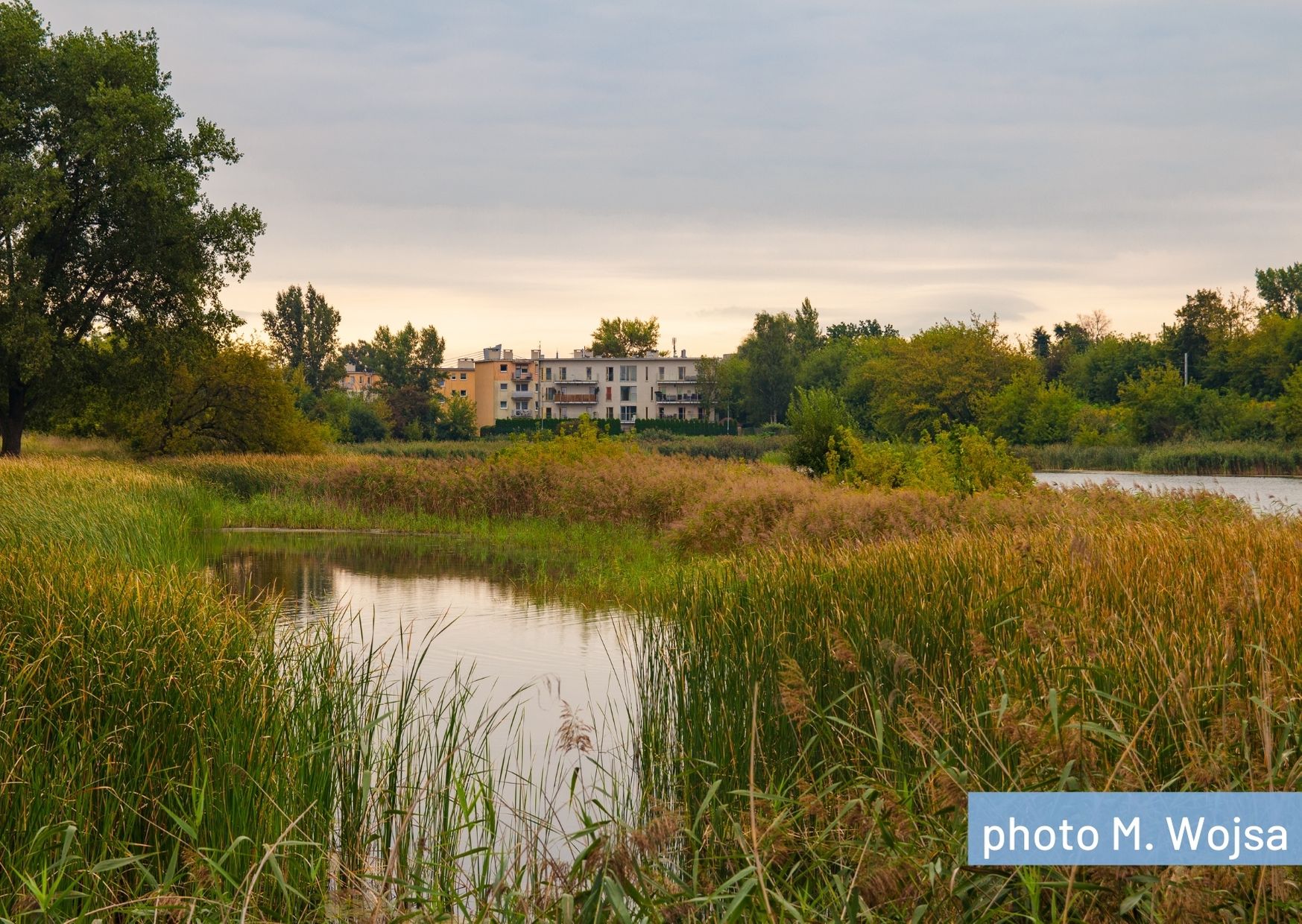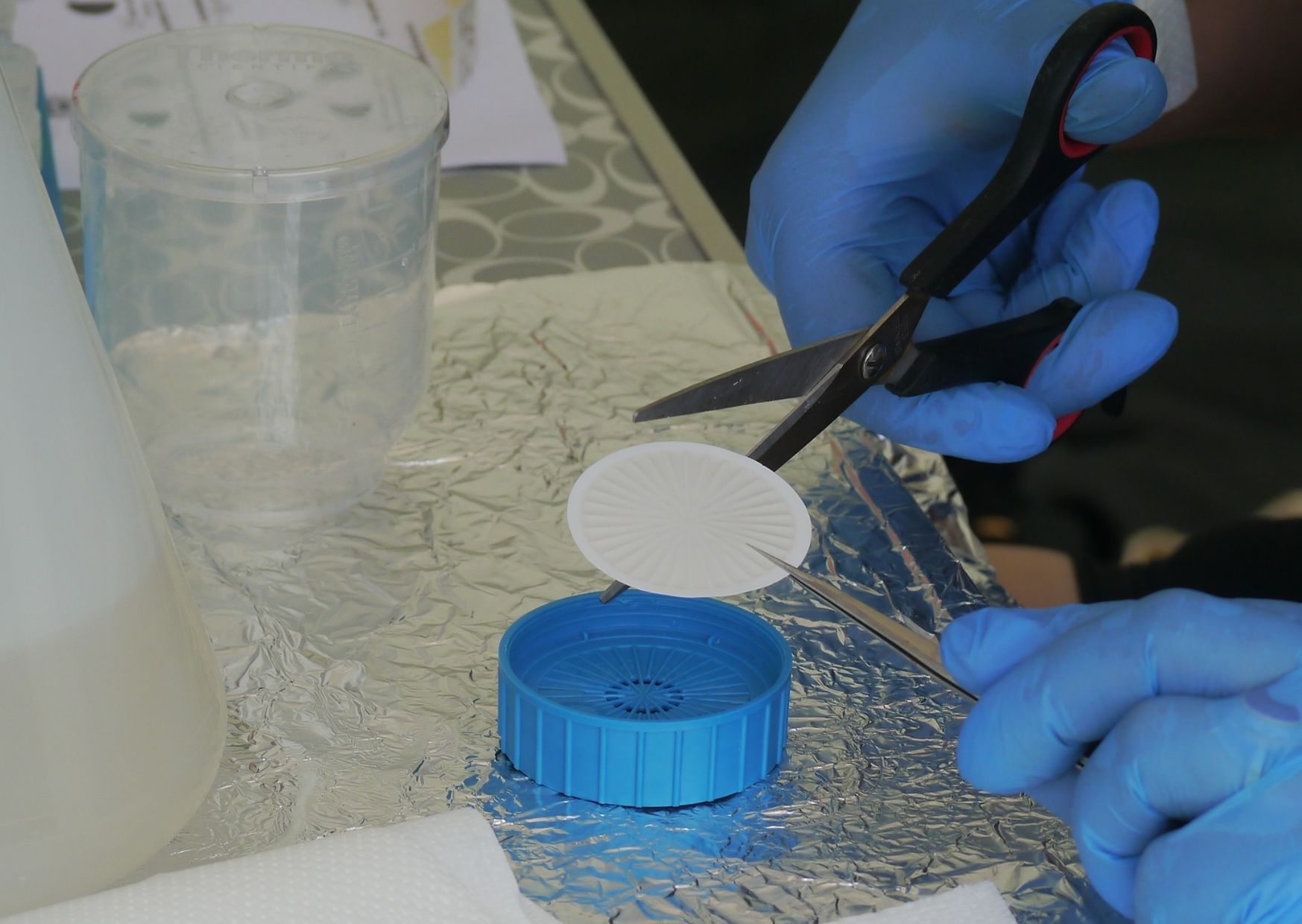 Urban environments are expanding worldwide each day, expansions that brings a whole range of challenges to wild organisms , that also are being urbanized. Human activity has resulted in considerable losses of biodiversity and caused deterioration of many ecosystems. Management authorities are now taking steps to halt the loss of species, however, in order to understand how biodiversity is lost, there is a need to understand what the native biodiversity actually comprises of.
Urban environments are expanding worldwide each day, expansions that brings a whole range of challenges to wild organisms , that also are being urbanized. Human activity has resulted in considerable losses of biodiversity and caused deterioration of many ecosystems. Management authorities are now taking steps to halt the loss of species, however, in order to understand how biodiversity is lost, there is a need to understand what the native biodiversity actually comprises of.
Despite being an ecosystem most people know well from childhood, ponds still holds many scientific secrets about their inhabitants. Up to the present, most work in ponds has been on animals that are large enough to handle, such as amphibians and large invertebrates, and the research has usually targeted a single or a few species per site, not the whole spectrum of species occurring there. We plan to change this by collecting  information about all the animal taxa present in sixty ponds, in six geographical areas, at two seasonal sampling points. As many species look the same or are otherwise difficult to classify, we plan to increase the knowledge of the species diversity by analyzing the water samples. As all animals shed cells to the water, they also release their genetic material: DNA and RNA, molecules that we will trap in our filter and bring to the lab. Armed with a range of laboratory techniques which allow species detection from the water samples, ECOPONDs first main goal is to improve the monitoring techniques of present freshwater biodiversity and strengthen the expertise on how biodiversity on species richness is distributed through an urban and geographical gradient. When we collect the water for species detection, we will also sample water for chemical analysis and sample pond variables that can be used as explanatory cofactors in our analysis of biodiversity.
information about all the animal taxa present in sixty ponds, in six geographical areas, at two seasonal sampling points. As many species look the same or are otherwise difficult to classify, we plan to increase the knowledge of the species diversity by analyzing the water samples. As all animals shed cells to the water, they also release their genetic material: DNA and RNA, molecules that we will trap in our filter and bring to the lab. Armed with a range of laboratory techniques which allow species detection from the water samples, ECOPONDs first main goal is to improve the monitoring techniques of present freshwater biodiversity and strengthen the expertise on how biodiversity on species richness is distributed through an urban and geographical gradient. When we collect the water for species detection, we will also sample water for chemical analysis and sample pond variables that can be used as explanatory cofactors in our analysis of biodiversity.
We will also target a number of invasive alien species specifically by molecular techniques that will give a signal only if DNA from the species of interest is present in the sample. Alien species have been spread by human activity to areas where they are not native. Many invasive alien species pose little threat to biodiversity that we know of, however, some cause serious ecological damage in their new habitat and many can eradicate native species or affect them in other less obvious ways. One such species are the parasitic fungi called Batrachochytrium dendrobatidis (Bd); it is so small that it is not even visible to the  human eye but have had a devastating effect on many amphibian species and has been the cause of the now many silent ponds all over the globe. Although seemingly less threatening to European amphibians (as few large mortality events have been observed), the “invisible” fungus could inflict their host with “invisible” damage, such as a genetic reduction in the population when the fungi is present due to selection, or the fungi could have other direct effects on their hosts skin microflora. ECOPONDs second main goal is therefore to determine how urbanizational artefacts, like pollution and the presence of invasive alien species are impacting the level of genomic diversity and genetic expression patterns. We will use a set of genetic tools as a magnifier glass and look for signals of genomic selection on two native amphibians species inhabiting ponds in urban gradients and in ponds with and without Bd. We will also target the presence of invasive
human eye but have had a devastating effect on many amphibian species and has been the cause of the now many silent ponds all over the globe. Although seemingly less threatening to European amphibians (as few large mortality events have been observed), the “invisible” fungus could inflict their host with “invisible” damage, such as a genetic reduction in the population when the fungi is present due to selection, or the fungi could have other direct effects on their hosts skin microflora. ECOPONDs second main goal is therefore to determine how urbanizational artefacts, like pollution and the presence of invasive alien species are impacting the level of genomic diversity and genetic expression patterns. We will use a set of genetic tools as a magnifier glass and look for signals of genomic selection on two native amphibians species inhabiting ponds in urban gradients and in ponds with and without Bd. We will also target the presence of invasive  alien species, the spiny cheek crayfish, and see if this species has an effect on the genome diversity of one potential native prey, the blue-tailed dragonfly.
alien species, the spiny cheek crayfish, and see if this species has an effect on the genome diversity of one potential native prey, the blue-tailed dragonfly.
Identifying species, mapping genes and systematically comparing pond ecosystem inhabitants will bring a precise estimation of the actual condition of urban ponds. The results from ECOPOND will therefore give an important benchmark and point of reference the future of pond ecosystems. The knowledge on how biological resources are distributed within and between communities can be extremely beneficial in determining both short- and long-term trends. Management must be knowledge based and today the greatest challenge when measuring species diversity is lack of available data.


